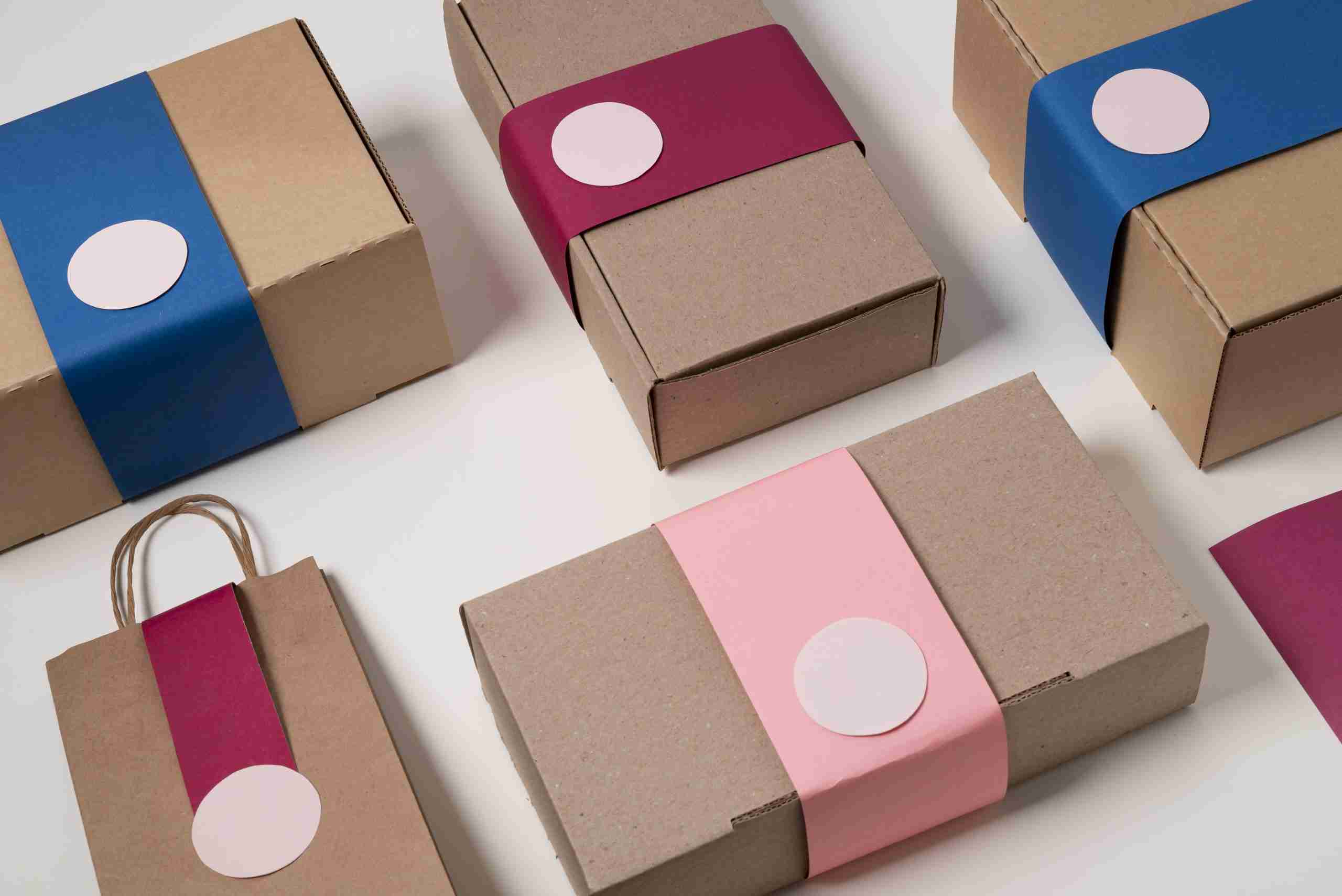
In today’s competitive marketplace, brands are constantly seeking ways to stand out and connect with consumers on a deeper level. One often-overlooked yet powerful tool in their arsenal is packaging design. Far beyond simply containing a product, packaging serves as a tangible representation of a brand’s identity, values, and story. Let’s explore how savvy brands, including those utilizing contract packing services, leverage packaging design as a strategic branding tool to effectively communicate their narrative to consumers.
1. Communicating Brand Values: Packaging design provides a visual platform to communicate a brand’s core values and principles. Whether it’s sustainability, innovation, or craftsmanship, every aspect of the packaging—from the choice of materials to the design elements—should reflect these values. For instance, eco-conscious brands may opt for minimalist packaging made from recycled materials to showcase their commitment to environmental stewardship, while luxury brands may incorporate premium finishes and intricate details to convey a sense of quality and exclusivity.
2. Expressing Brand Personality: Just as individuals have distinct personalities, brands also possess unique traits and characteristics that define their identity. Packaging design offers an opportunity to express these traits and create a memorable brand personality that resonates with consumers. Whether it’s playful and whimsical, sleek and sophisticated, or bold and edgy, the visual elements, colors, typography, and imagery used in packaging design can evoke specific emotions and perceptions, helping consumers connect with the brand on a personal level.
3. Storytelling Through Design: Every brand has a story to tell, and packaging design serves as a powerful medium for storytelling. From the brand’s origins and heritage to its mission and ethos, packaging design can weave a narrative that captivates consumers and deepens their engagement with the brand. Whether through subtle visual cues, symbolic imagery, or compelling copywriting, brands can use packaging design to evoke emotions, spark curiosity, and invite consumers into their story, fostering a sense of connection and loyalty.
4. Creating Brand Recognition: Consistency is key to building a strong brand identity, and packaging design plays a crucial role in creating brand recognition and recall. Through consistent use of logos, colors, and visual elements across packaging materials and product lines, brands can establish a cohesive and recognizable brand identity that sets them apart from competitors. Over time, consumers come to associate these visual cues with the brand’s values and offerings, reinforcing brand loyalty and trust.
Conclusion: Packaging design is far more than just a functional aspect of product presentation—it’s a strategic branding tool that can shape perceptions, evoke emotions, and tell a brand’s story in a visually compelling way. By thoughtfully crafting packaging design to communicate brand values, personality, and narrative, brands can forge deeper connections with consumers, differentiate themselves in the marketplace, and ultimately drive success and growth in their business endeavors.